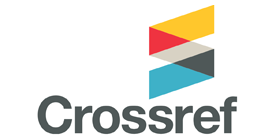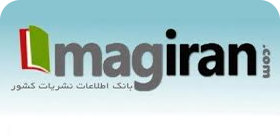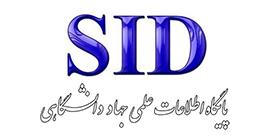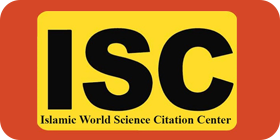Provide a Comprehensive Model of Human Resource Empowerment for the Social Security Organization
Keywords:
Community Empowerment, Individual Empowerment, Collective Empowerment, Exploratory Factor AnalysisAbstract
Purpose: The purpose of this study was to present a comprehensive model of empowerment in the Social Security Organization. Methodology: This research was based on the applied purpose and in terms of quantitative and qualitative research method (mixed) and in terms of data collection was descriptive-survey. The statistical population of the study consisted of two groups of experts and thinkers. The first group consisted of university professors whose field of study and field of study was related to the field of research and the second group included organizational experts with a master's degree or higher with managerial and experimental backgrounds related to human resources in the qualitative section after counting the criteria and indicators extracted. From the theoretical foundations, a researcher-made questionnaire based on the Looshe and Likert spectrum was prepared and after passing the Delphi survey, a conceptual model was extracted. Then, in the quantitative part, exploratory factor analysis method was used to identify the model factors and confirmatory factor analysis method was used to fit the model. In order to check the validity of the questions, purposive sampling method was used among organizational and academic experts, of which 15 people were included as a statistical sample. In the second and third stages of validity of the questions, to strengthen the screening process, the snowball method was used to compile the sample, which after saturating the data of 32 final experts for the exploration section and building a conceptual model participated. Statistical analysis was performed using SPSS software to cluster the indicators and create research components and Smart PLS software to confirm the research model. Findings: The results of this study identified 11 components and 37 indicators as the most important factors of comprehensive empowerment and showed that individuals will be empowered individually when intra-individual intelligence, creativity-oriented education, psychological self-knowledge, internal performance, knowledge-based decision making and individual self-efficacy. Together, they will be empowered in the collective, team, and organizational spheres when the culture of bureaucracy, internal reward, fundamental self-efficacy, and interactive policy come together. Conclusion: After exploratory factor analysis and component classification, the fit of the model obtained from the previous step was investigated and confirmed with a good fit.
















